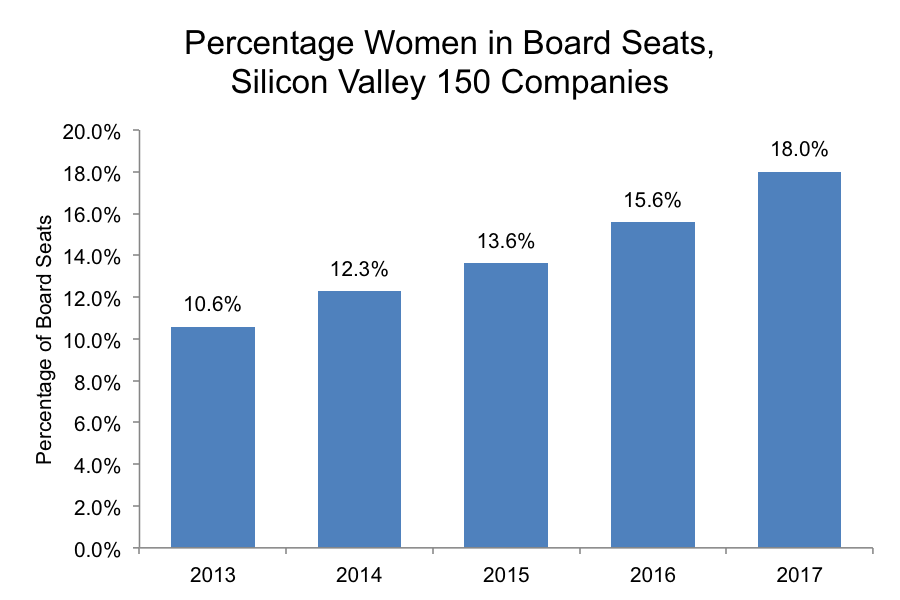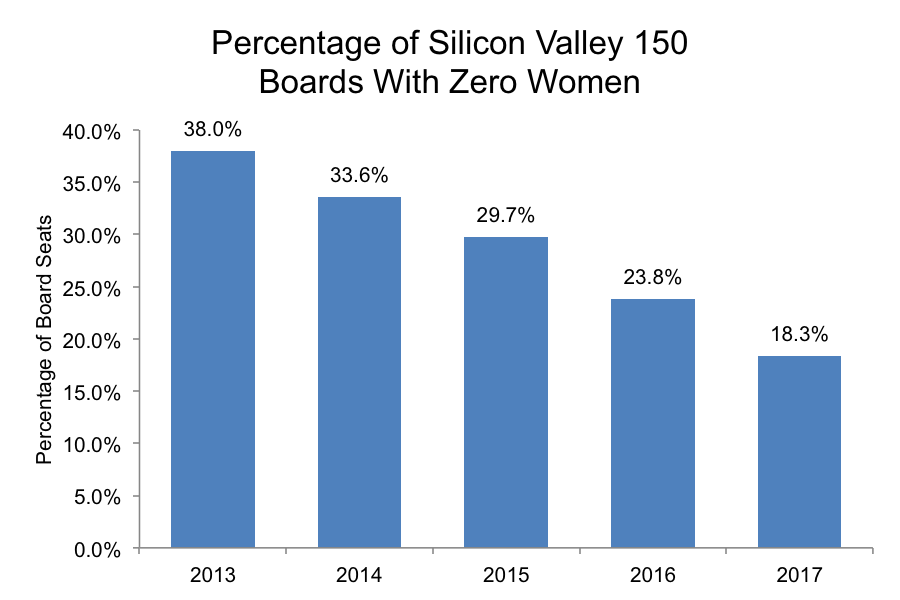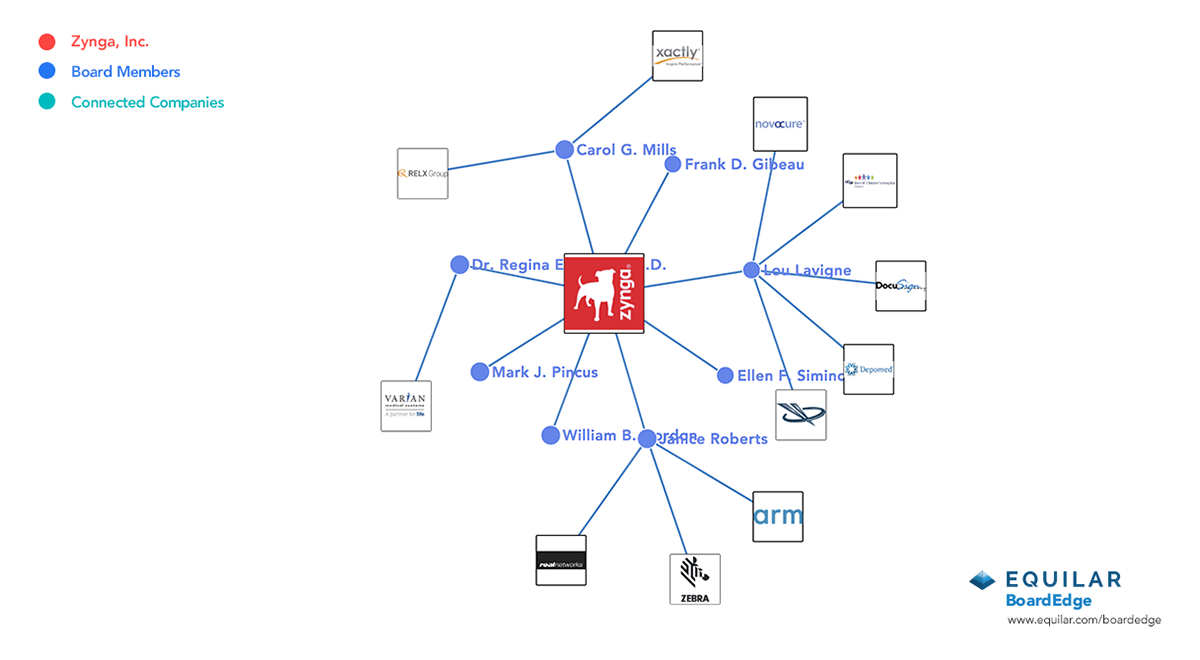Equilar Institute
Blog Home
Top Tech Boards Show Progress on Board Diversity

November 14, 2017
Gender diversity in the technology sector has long been a hot topic of discussion and debate. In 2017, high-profile controversies at companies such as Google and Uber reignited the conversation. As diversity across all levels of employment and management continues to be hotly discussed, gender diversity on Silicon Valley 150 (SV 150) boards has risen in the past few years. While representation is still low, the pace of change has been relatively quick.
In 2013, 10.6% of board seats at SV 150 companies were occupied by women, which increased to 18.0% in 2017, according to a recent Equilar study. By comparison, 16.2% of Russell 3000 board seats were occupied by women at the end of Q3 2017. That figure is an increase from 12.4% in 2013. The charts below show year-over-year growth for the SV 150 boards in the past five years, in addition to the same historical perspective and a quarter-by-quarter look in 2017 at women on boards in the Russell 3000, based on the recent Equilar Gender Diversity Index (GDI) report.


HP and Hewlett-Packard Enterprises (HPE) led the way with the highest number of female board members among SV 150 boards, with five apiece. However, given that these boards have 12 and 14 directors respectively, Zynga and Zendesk had higher percentages of women on their boards, with Zynga earning the distinction of being the only SV 150 board at gender parity. The board map of Zynga, displayed below, shows that three of the four women on the board have four of the board’s six public company connections.
Overall, the percentage of Silicon Valley 150 and Russell 3000 boards with zero women has steadily decreased over the past five years as well. The Silicon Valley 150 saw a drop from 38.0% from five years ago to 18.3% in 2017. In the Russell 3000, 21.4% of boards had zero women as of September 30, 2017, which decreased from nearly one-quarter of all boards in 2016.

There is some concern that the increase in percentage of women to boards is not reflective of opportunities for individual women proportionally. In other words, if boards are tapping the same qualified women over and over instead of seeking out fresh perspectives, then the network will remain closed and become a hindrance to diversity efforts. For example, according to a USA Today article, when a woman fills a board seat, there’s a 32% chance she’s already served as director, yet when a man fills a board seat, there’s a 23% chance he’s already served as a director. Governance professionals continue to watch these trends to better understand how the pipeline for board talent is being built, maintained and tapped.
Amy Jiang, Research Analyst, authored this post. Please contact Dan Marcec, Director of Content & Communications, at dmarcec@equilar.com for more information on Equilar research and data analysis.
 Solutions
Solutions
















